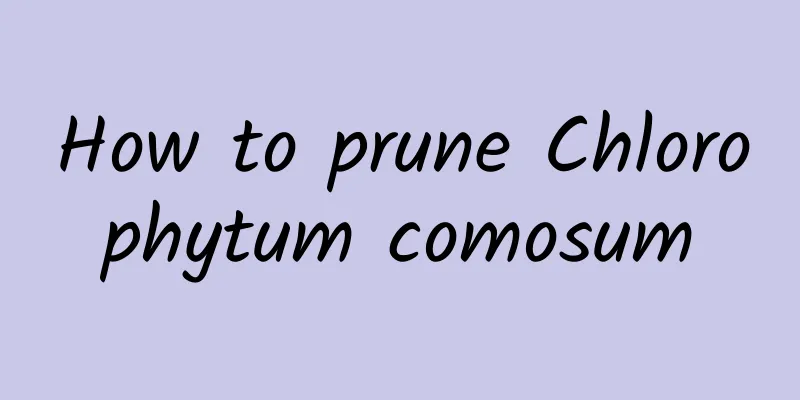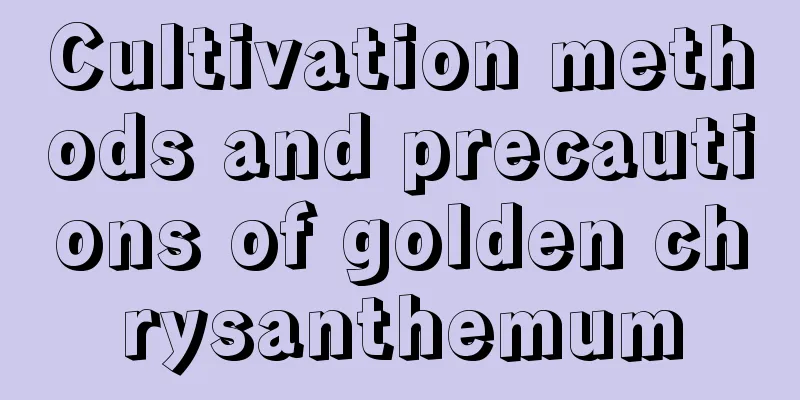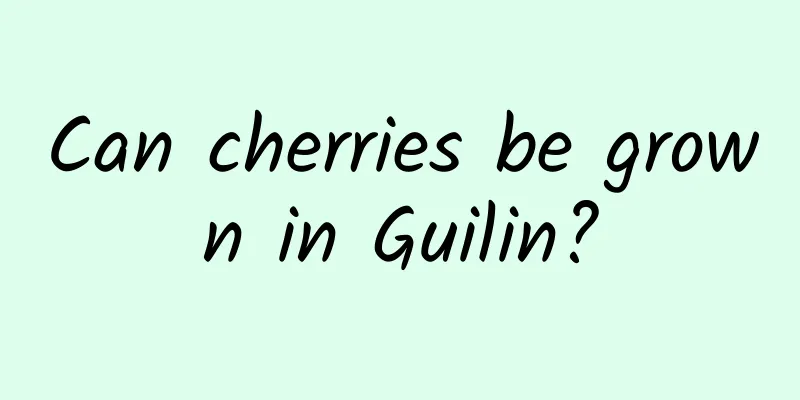How to plant pomegranate trees? Planting methods and management techniques

Pomegranate tree growth environment requirementsPomegranate trees were originally distributed in India and other Central Asian regions. They like sunny, warm and dry environments, have a wide adaptability to the environment, like fertilizer, are relatively cold-resistant, drought-resistant, and barren-resistant, but not water-resistant. They are suitable for planting in loose, fertile, lime-rich and moist soil. Generally speaking, the yield of pomegranate trees per acre is around 4,000 kilograms, and some can reach around 5,000 kilograms. Of course, there are many factors that affect the yield. Pomegranate tree planting timePomegranate trees prefer a warm environment and are generally planted in spring and autumn, from mid-March to early April in spring and in November in autumn. The temperature and humidity at this time are suitable for rooting and sprouting. How to plant a pomegranate treePomegranate trees are suitable for planting in fertile and loose soil. They can be mixed with leaf mold, river sand and organic fertilizer. They should be planted with soil balls. The above-ground parts should be appropriately pruned. After planting, water them thoroughly and place them in the shade for maintenance. After germination, move them to a sunny place. Pomegranate tree planting stepsIt can be planted after the leaves fall in autumn and before the buds sprout in the following spring. For ground planting, choose a sunny and sheltered place with loose, fertile and well-drained soil. For potted plants, choose a mixture of leaf mold, soil and river sand. Apply sufficient base fertilizer. Water thoroughly after planting and place it in a shaded and ventilated place. Move it to a sunny place after germination and survival. Pomegranate tree planting technologyPomegranate trees prefer an environment with plenty of sunlight and are not shade-tolerant. They need to be provided with sufficient light during their growth period and have good ventilation. They are suitable for planting in "wooden barrels" or "clay pots", which have good air permeability and are conducive to the growth of pomegranates. Pomegranate tree management considerationsPomegranate trees may be susceptible to diseases and pests during their growth period, which are extremely harmful to the development and fruiting of the pomegranate. Pests such as spiny moths, aphids, stink bugs, scale insects, and fall armyworms are prone to occur in April and May. After fruit setting, common diseases include white rot, black pox, and anthracnose. Spraying an equal amount of Bordeaux mixture once every 15 days after fruit setting can reduce the occurrence of diseases. |
<<: How to plant tea tree seeds? Planting methods and management
>>: How to plant calamus? Planting methods and maintenance points
Recommend
Do chrysanthemums like the sun?
Chrysanthemums like the sun Chrysanthemum is a su...
Reasons why camellia leaves fall off after repotting
1. Wrong time Reason: Camellia needs to be repott...
Clivia and Money Tree...if they grow slowly, it’s your fault that you don’t know how to change the pot!
Clivia When to repot When the small pot can no lo...
Is it profitable to grow sprouts? Profits and market prospects
Is growing sprouts profitable? Sprouts are delici...
Cultivation methods and precautions of bamboo begonia
Farming methods Light and temperature Bamboo Bego...
What are the benefits and effects of onion water for watering flowers? What flowers are suitable for watering
Benefits of watering flowers with onion water Wat...
How to water Monstera
Summer watering Monstera prefers a relatively hum...
Where do fruit seeds come from?
Where do fruit seeds come from? Naked ferns are t...
How long does durian grow?
How long does durian grow? The growth cycle of du...
How to care for red winter
Is red afraid of cold? The suitable temperature f...
Is black leaf Guanyin lotus poisonous?
Is black leaf Guanyin lotus poisonous? It is wort...
How to judge the dryness and wetness of Clivia and water it (how to water it when the soil in the pot is dry on the top and wet on the bottom)
How to identify whether the pot of Clivia is dry ...
How to prune poinsettia
How to prune poinsettia Poinsettias can be pruned...
The difference between Diaohong and persimmon, the efficacy and function of Diaohong persimmon
1. Difference There is not much difference betwee...
How to graft roses with buds
Variety selection Regardless of the grafting meth...









